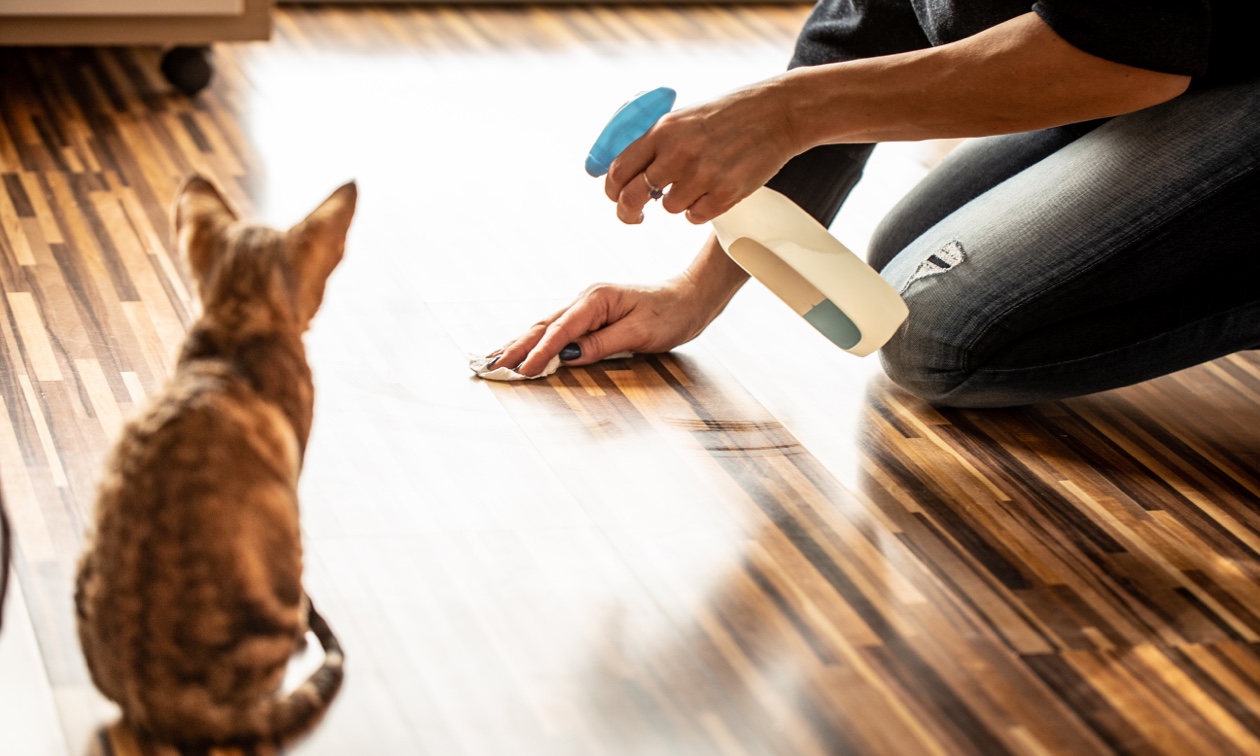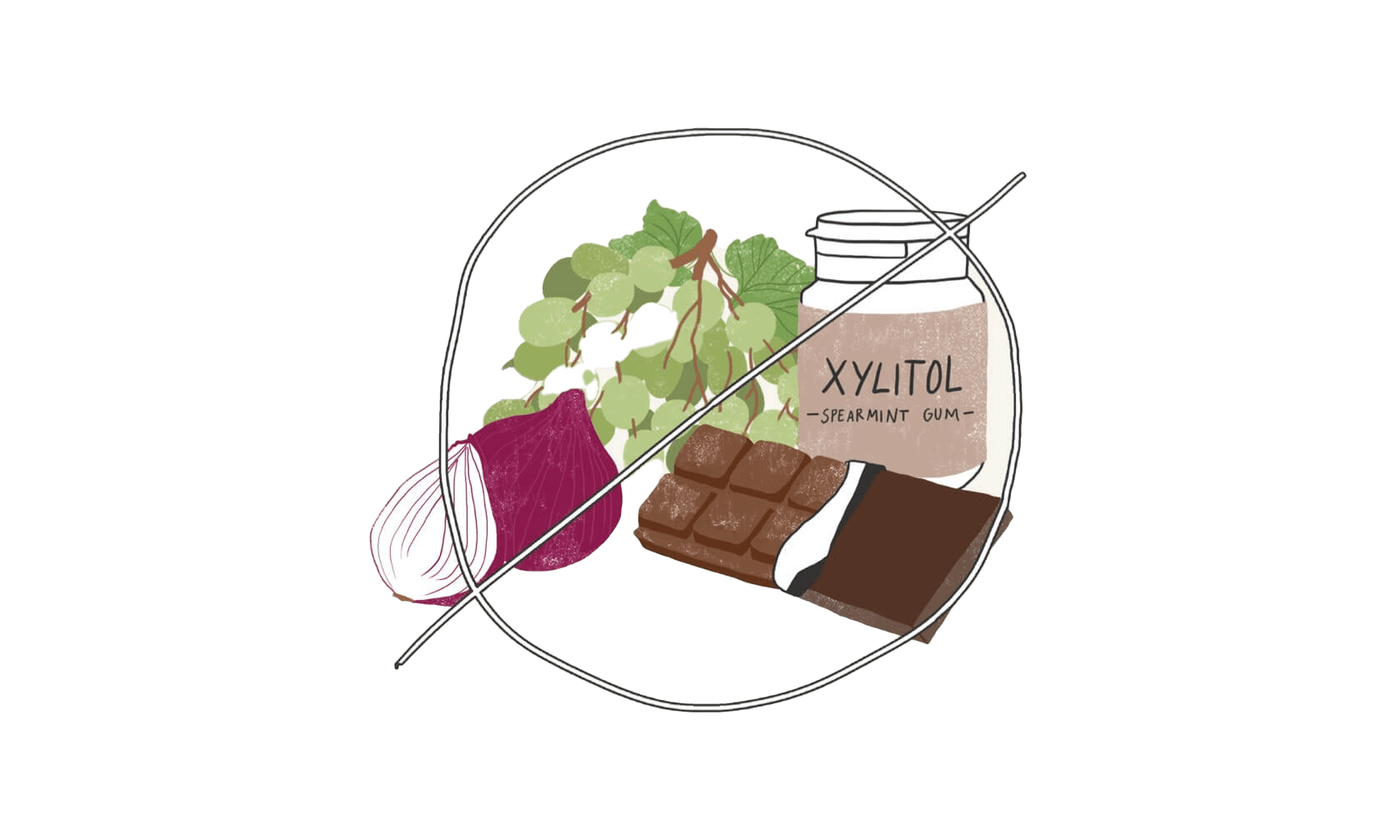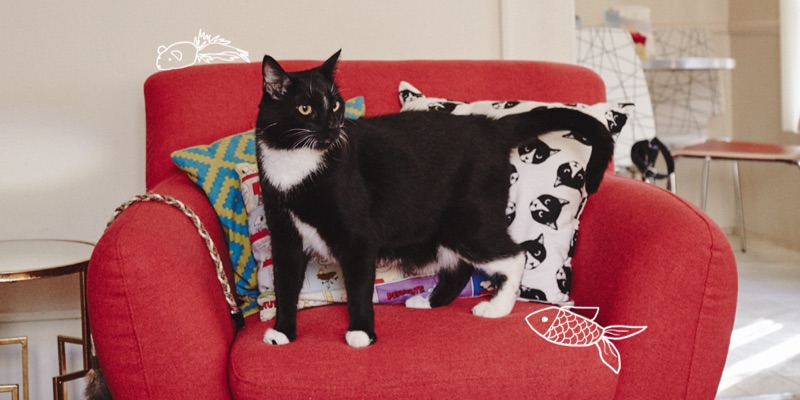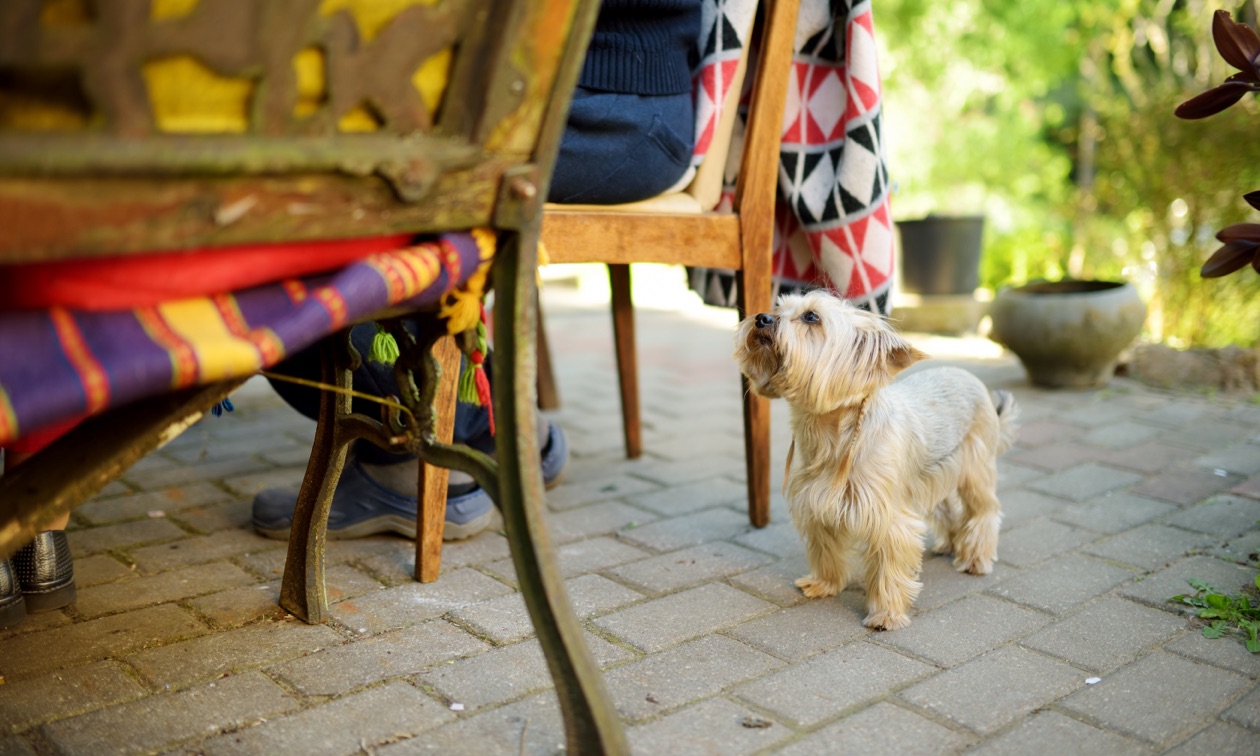If you’ve ever had a toddler in your home, you know that baby proofing the house is a basic safety requirement. Think of your pets as permanent toddlers! Keeping your furry family members safe from exposure to household products and chemicals that can be toxic is important. Almost every family has products in their home that can cause problems in dogs and cats like gastrointestinal upset (vomiting and/or diarrhea). Other products — some that might surprise you — can even cause more serious problems like seizures, liver or kidney failure, and lead to death if not treated quickly once your pet has come into contact with or ingested them. But don’t worry — it’s easy to keep your pets safe with a bit of planning, careful reading of product labels, and attention to detail.
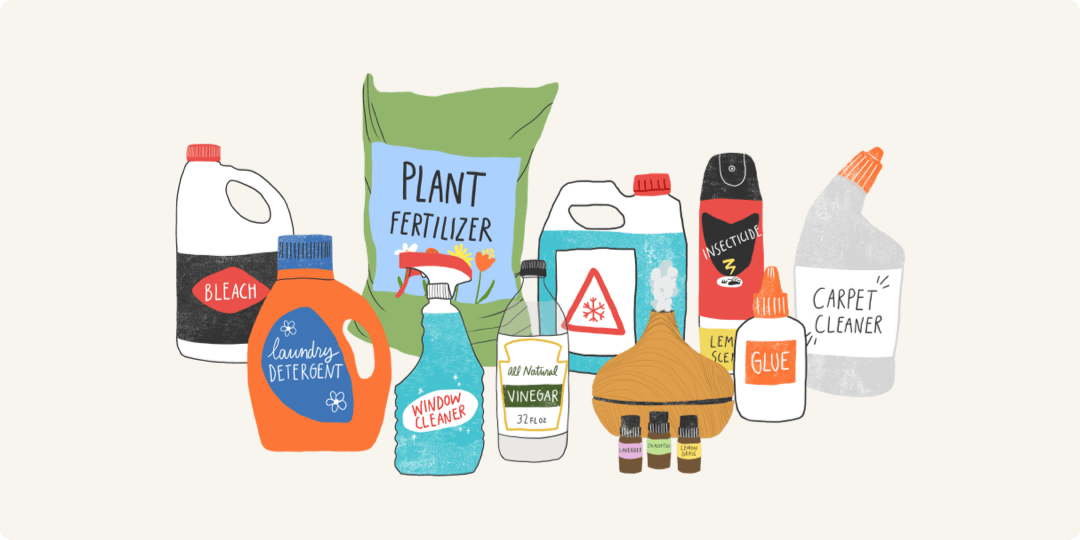
What Kinds of Household Products Can Be Poisonous to Your Pets?
Almost any household product can be dangerous to your pet, even those labeled “safe” or “natural”, including homemade products. While in many cases the product’s ingredients are the dangerous component, your pet can also be at risk depending on the amount of the product they are exposed to or the way in which they’re exposed. All of the following have the potential to cause harm and should be avoided or, if used in or around the home, stored with extreme care.
- Bleach or bleach-based cleaners
- Carpet or rug cleaner/shampoo/deodorizer
- Plant fertilizer
- Glue, other adhesives
- Laundry or dishwasher detergent
- Paint, solvents, spackle
- Rat/mouse/slug bait or other insecticides
- Vinegar (plain or mixed with water)
- Window cleaner
Hazardous Ingredients to Avoid in Household Products
Some ingredients are best avoided altogether. If you see these ingredients on the product label, it’s safest not to use them around your pets:
- Chlorine bleach
- Phthalates — can be listed on the label simply as “fragrance”
- Ammonia
- Glycol Ethers (for example, ethylene glycol in antifreeze)
- Formaldehyde
- Benzalkonium Chloride (most commonly found in household disinfectants)
How Pets Come into Contact with Poisonous Products in Your Home
Pets can be exposed to toxic household products in several ways, all of which can lead to poisoning or toxicity:
Ingestion
Dogs and cats have a tendency to eat first and ask questions later. Licking, chewing on, or swallowing the wrong product can result in toxicity.
Direct Contact
Pets can absorb toxins through their skin even if they have a thick haircoat. In addition, if a pet gets something hazardous on their coat or paws and then licks it, they can ingest the poison.
Inhalation
Similar to humans, dogs and cats are at risk of irritation or damage to their respiratory system (from their nose all the way down to their lungs) if exposed to things like certain chemicals, essentials oils and perfumes, paint, and gasoline fumes.
Secondary Ingestion
If your pet finds a mouse or rat that has been poisoned by rodenticide (mouse/rat poison) and your pet eats that rodent, they can be exposed to the toxin and be at risk of being poisoned themselves.
Keeping Pets Safe from Common Household Products That Might Be Poisonous
Even the most careful pet owner is often no match for a curious cat who can open cabinets or a dog who can reach the countertop. A little extra planning can go a long way to keeping your pet safe:
Always Check the Product Label
This is where you’ll find safety warnings about the product’s toxicity and what to do if it is ingested or comes into contact with skin. These warnings don’t need to be specific to animals — if it is dangerous to humans, it is likely dangerous to your pets.
Natural Doesn’t Mean Safe
Even if something is labeled natural, it is best to consult a trusted resource or veterinary professional to confirm that the product is safe.
Look for Pet-Safe Products
There are cleaners and disinfectants on the market that are designed to be safer for pets. Keep an eye out for “pet safe” on the label. But remember, not all products will state if they are safe for pets and even those that do might not be completely safe. Always consult a trusted veterinary resource prior to using one of these products.
Keep Household Products Stored Securely
Store products in cupboards or cabinets up high where pets cannot reach them and secure them with a lock whenever possible. Child safety locks are recommended, especially for storage locations within reach of your pet (like under the sink).
Never Leave Your Pet Alone in the Garage
Many household toxins are stored in the garage, increasing the danger for your pet if they spend unsupervised time out there. Consider storing potentially hazardous products in a locked cabinet even within the garage.
Don’t Switch Containers
Never store a household product in a container other than the one it came in (like a food or beverage container instead of the original packaging). It’s important to have the correct label to reference in case of an emergency and for proper storage and use in general.
Avoid Pet Food/Water or Sleeping Areas
Do not store, spray, or use household cleaners, essential oils, or pesticides anywhere near your pet’s food and water bowls or areas where they spend a lot of time resting or sleeping.
Watch Out for Odor Removers and Scented Products
If a product makes broad claims about removing odors or is strongly fragranced, avoid using it around your pet. This usually means the product contains phthalates or other potentially dangerous chemical components.
Let Wet Areas Dry
When cleaning the carpet or using hard surface floor cleaners, do not let your pet walk on or sleep in the space until the surface is totally dry and there is no product odor left.
Keep Your Pets Indoors
When fertilizing outside, keep your pets inside and follow label instructions regarding use around pets.
In case of exposure, your first call should be to the ASPCA Poison Control or Pet Poison Helpline. Both hotlines are available 24/7 for poison–related help specific to your pets. If your pet collapses, loses consciousness, has a seizure, or has difficulty breathing, that is an emergency — please take them directly to the nearest veterinary hospital for immediate evaluation.
Even the household products we typically think of as safe and familiar can pose a risk to your pet if they are exposed. A bit of common sense and planning for how you use and store a product go a long way to prevent dangerous exposure for your dog or cat. When using cleaning products and other products in your home, it is always safest to keep your pet out of the room until you are finished. Before allowing your pet back in, ensure all surfaces are dry, and the air is free from the product's odor. When in doubt, err on the side of caution to keep your furry family members safe and healthy!
ZPC-01042R2
